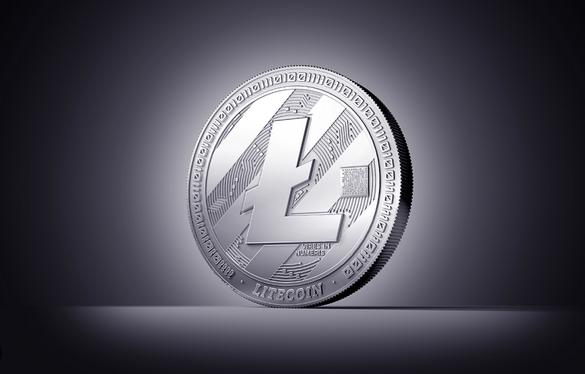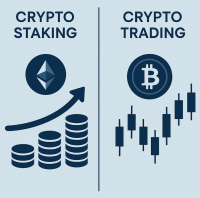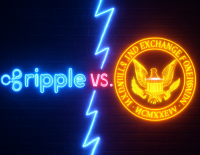Known for its speed, low transaction fees, and reliability, Litecoin continues to serve as both a transactional currency and a testbed for innovations that may later be adopted by other networks, including Bitcoin.
Origins of Litecoin
Litecoin was launched in October 2011 by Charlie Lee, a former Google engineer and later Director of Engineering at Coinbase. Lee developed Litecoin by forking the Bitcoin Core client, making several key adjustments to improve transaction speed and accessibility.
The main changes included:
- Reduced block time from 10 minutes (Bitcoin) to 2.5 minutes, allowing for faster transaction confirmation.
- Increased maximum supply of 84 million LTC (compared to Bitcoin’s 21 million).
- Adoption of the Scrypt hashing algorithm, which made mining more accessible in the early days and helped decentralize mining operations.
The goal was to create a lightweight, efficient peer-to-peer digital currency that could complement Bitcoin rather than compete with it directly. Since its inception, Litecoin has focused on speed, simplicity, and cost-effectiveness.
Usage and Real-World Applications
Litecoin has carved out a clear niche as a fast, low-fee digital payment system. While many newer blockchains focus on smart contracts and complex decentralized applications (dApps), Litecoin remains focused on its core function: efficient value transfer.
Key use cases include:
- Everyday Payments: Litecoin’s fast confirmation times and low fees make it suitable for everyday transactions, such as online shopping, tipping, or transferring money across borders.
- Merchant Adoption: Thousands of merchants and payment processors accept Litecoin, including BitPay, CoinGate, and NOWPayments. It is often listed alongside Bitcoin, Ethereum, and stablecoins as a payment option.
- Cross-Border Remittances: Due to its speed and cost-efficiency, Litecoin is used for international remittances, especially in areas where traditional systems are costly or slow.
- Testing Ground for Bitcoin Features: Litecoin often adopts experimental upgrades before they are deployed on Bitcoin. For example, Segregated Witness (SegWit) and the Lightning Network were both implemented on Litecoin before being adopted by Bitcoin. This "testing role" enhances its utility in the broader crypto ecosystem.
Litecoin also recently completed the MimbleWimble Extension Blocks (MWEB) upgrade in 2022, introducing optional privacy features, making it more competitive with privacy-focused coins.
Price Milestones
Litecoin has experienced multiple bull and bear cycles since its launch, with notable price milestones:
- 2011–2013: LTC launched at a price of just a few cents. It first reached $1 in late 2013, during Bitcoin’s early rise.
- December 2017: Litecoin surged to an all-time high (at the time) of around $375 during the crypto bull run.
- 2018–2019: Like many coins, LTC saw a significant correction, falling below $30 during the 2018 bear market.
- May 2021: During the next bull cycle, LTC peaked again at approximately $410, setting a new all-time high.
- 2022–2023: The coin declined with the broader market, but held relatively strong compared to more speculative altcoins. It remained a top 20 asset by market cap.
- 2024–2025: Litecoin showed modest recovery and growth. As of August 2025, LTC is trading around $85, maintaining a consistent presence as a reliable, lower-volatility asset in the crypto space.
Price Prediction for End of 2025
Litecoin’s value proposition lies in its stability, decentralization, and simplicity, which has kept it relevant even amid waves of more technologically complex competitors. While it may not offer the advanced functionality of Ethereum or Solana, its longevity, consistent upgrades, and widespread support ensure it retains a dedicated user base.
Factors influencing its future price include:
- Increased adoption by merchants and payment apps.
- Improved privacy and scalability from MWEB.
- Broader crypto market trends and investor sentiment.
- Regulatory developments favoring older, proof-of-work coins with long histories.
Given these factors and assuming a modest bull market by year-end, a conservative estimate for Litecoin’s price by the end of 2025 would be between $120 and $160. In a more optimistic scenario, where crypto markets surge broadly and Litecoin sees increased transactional use, it could potentially revisit the $200–$250 range.
Conclusion
Litecoin has stood the test of time, proving its value as a fast, secure, and low-cost digital currency. While newer projects may dominate headlines, Litecoin’s simplicity, consistent development, and adoption make it a cornerstone of the cryptocurrency ecosystem. As 2025 progresses, LTC remains one of the most reliable crypto assets for users looking for transactional utility and long-term resilience.








